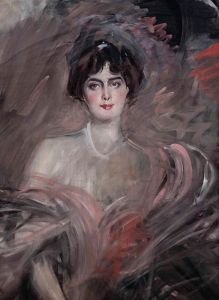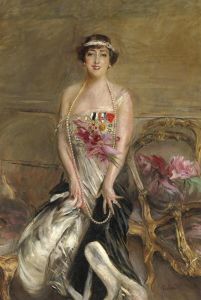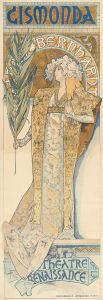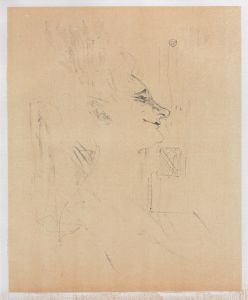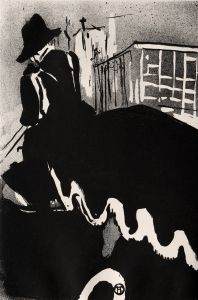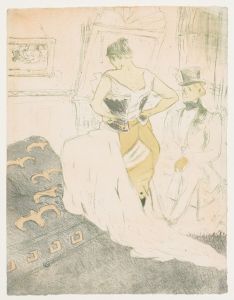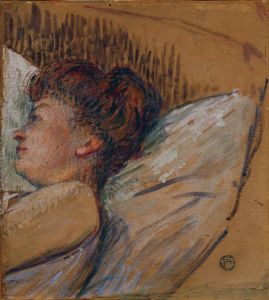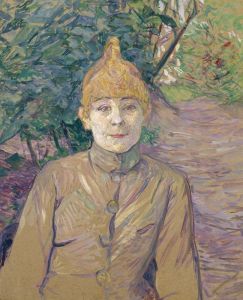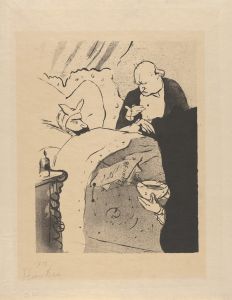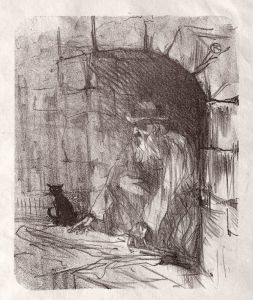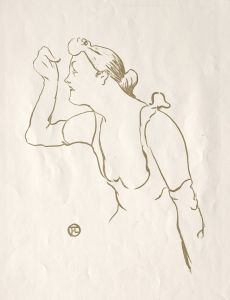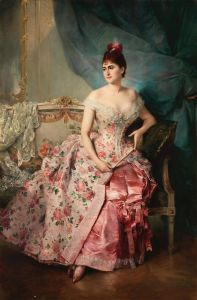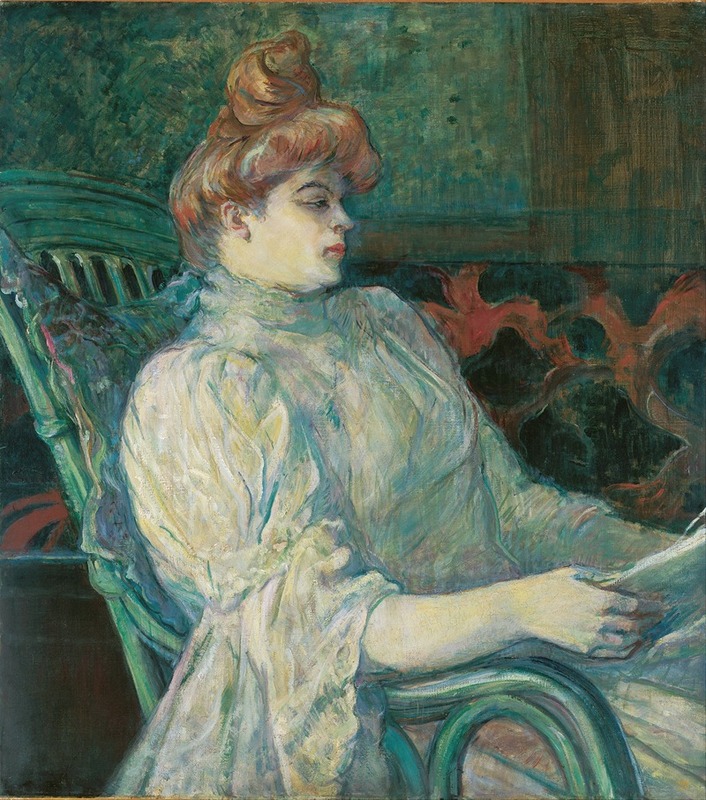
Madame Marthe X―Bordeaux
A hand-painted replica of Henri de Toulouse-Lautrec’s masterpiece Madame Marthe X―Bordeaux, meticulously crafted by professional artists to capture the true essence of the original. Each piece is created with museum-quality canvas and rare mineral pigments, carefully painted by experienced artists with delicate brushstrokes and rich, layered colors to perfectly recreate the texture of the original artwork. Unlike machine-printed reproductions, this hand-painted version brings the painting to life, infused with the artist’s emotions and skill in every stroke. Whether for personal collection or home decoration, it instantly elevates the artistic atmosphere of any space.
Henri de Toulouse-Lautrec, a prominent French painter, printmaker, and illustrator, is renowned for his depictions of the Parisian nightlife in the late 19th century. Among his many works, "Madame Marthe X―Bordeaux" stands out as a testament to his unique style and keen observation of character. Toulouse-Lautrec was born into an aristocratic family in 1864, but his life was marked by physical challenges due to congenital health issues, which led him to focus intensely on his art.
"Madame Marthe X―Bordeaux" is one of the many portraits Toulouse-Lautrec created, capturing the essence of his subjects with a blend of realism and impressionistic flair. His portraits often went beyond mere physical likeness, delving into the personality and mood of the sitter. This particular work, like many of his portraits, reflects his ability to convey the inner life of his subjects through expressive line work and a nuanced palette.
Toulouse-Lautrec's technique was distinctive, characterized by bold outlines and a flat perspective influenced by Japanese ukiyo-e prints, which were popular in Europe at the time. His use of color was both strategic and emotive, often employing a limited palette to draw attention to the subject's facial expressions and posture. This approach allowed him to highlight the psychological depth of his subjects, making his portraits deeply engaging.
The identity of Madame Marthe X remains somewhat enigmatic, as is often the case with many of Toulouse-Lautrec's subjects. His works frequently featured individuals from the bohemian circles of Paris, including performers, artists, and members of the demi-monde. These subjects were not always identified by their full names, either to protect their privacy or because they were known only within certain social circles. Despite this, the anonymity of some subjects does not detract from the power of his portraits; rather, it adds an air of mystery and universality to his work.
Toulouse-Lautrec's time in Bordeaux, where this portrait was likely created, was part of his broader exploration of French society beyond the confines of Paris. Bordeaux, a city known for its rich cultural heritage and vibrant social scene, would have provided ample inspiration for the artist. His ability to capture the essence of a place and its people is evident in the way he portrays his subjects, imbuing them with a sense of place and time.
The significance of "Madame Marthe X―Bordeaux" lies not only in its artistic merit but also in its reflection of Toulouse-Lautrec's broader body of work. His portraits are celebrated for their honesty and lack of pretension, offering a window into the lives of individuals who might otherwise have been overlooked by history. Through his art, Toulouse-Lautrec provided a voice to the marginalized and celebrated the diversity of human experience.
In summary, "Madame Marthe X―Bordeaux" exemplifies Henri de Toulouse-Lautrec's mastery of portraiture, capturing the complexity of human emotion with his distinctive style. While specific details about the subject may remain unknown, the painting continues to resonate with audiences, offering insight into the artist's world and the society he so vividly depicted.







